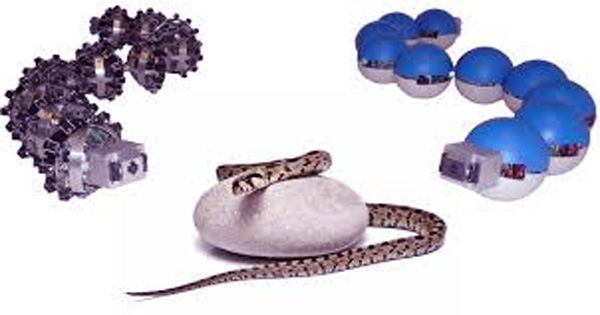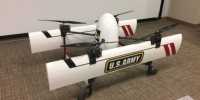“Hopefully our robot can learn to bob and weave across snake-like surfaces.” Researchers have observed how Kingson, commonly found in both desert and pine-oak forests, compresses his body as he climbs the various stages of the lab. The snake’s body involved three distinct organs. The front and rear parts are above and below the steps of the slow-moving snake to provide stability, where the middle part remained firm and parallel to the step it was trying to climb. As the snake traveled, the researchers found that the front body part became longer, the back part shorter, although the middle part remained about the same length.
The team hopes that their new paper, published in the Royal Society Open Science, will help them move forward in creating robots to navigate in disguised 3D terrain that often has to be spent on search and rescue missions. Combining the fields of robotics, biology, and physics, Lee’s Lab first published an article on the subject in 2019, providing biological inspiration for their current work. Other studies have focused on the movement of snakes on plane planes.
Copying this movement in the robotic form has not always been a smooth journey. In the initial design, the robotic snake was seen climbing in a small way before becoming restless and descending. To overcome this problem, Joan Hopkins University graduate student and co-author of the paper, Quan Fu, added a car-like suspension system to each body section of the robot. This has enabled sections to compress on the surface of the step when needed, which has improved its durability.
The friction and height variation of the steps also had an effect on the approach of the snakes. Due to a longer and more slippery surface, the speed of the snakes is reduced and their front and back parts are less flabby. The other success of this model compared to previous research was that the robot was able to maintain its speed. Almost matching the speed of the snake, the two would call near a race. Eventually, the researchers reported that their robot snake had climbed to a height of 38 percent of its body length, with a success rate of about 100 percent.
“The animal is still much more advanced, but these results are promising for the field of robots that can travel across large obstacles,” Li said. The team’s next goal is to do more work to navigate more complex terrain, such as forest floors and earthquake debris – which probably involves seeing more snakes on a (3D) plane.
















